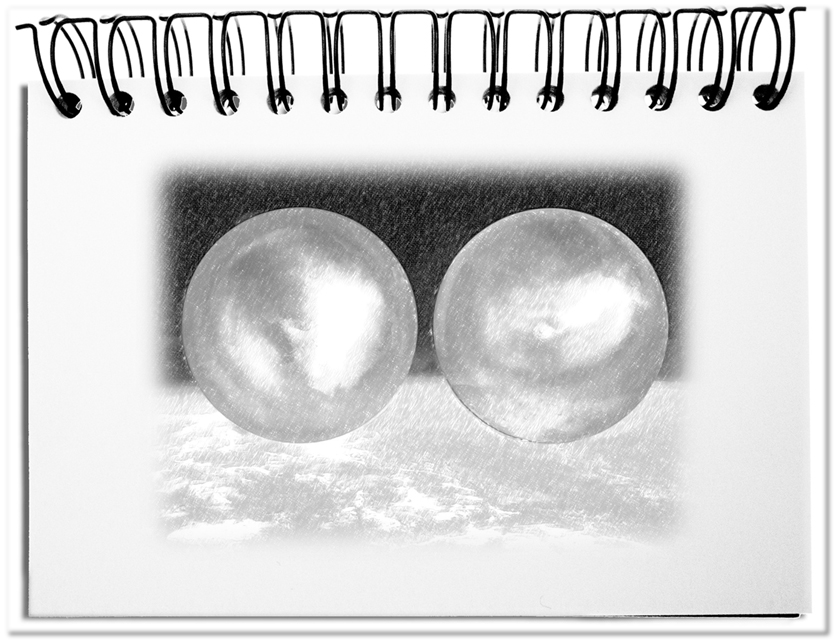The description of actions, behaviors, interactions, processes, systems and the like seems at first glance simple – select, observe, describe, interpret, communicate.
- The objective should be clearly described so that the observations monitor the same thing.
- The elements of the observation should be entirely collected so that comparability is guaranteed.
- All observations should be described in a common language to avoid ambiguities from the outset.
- Interpretation should be based on all observations, i.e. after all data is available.
- Results should be published in the language of the target group, i.e. free of technical jargon.
This sequence and the common understanding of the matter as such must be communicated to all parties involved – especially the observers need beforehand appropriate training.
Individuals, groups, roles, processes, temporal, geographical and virtual spaces, media, and all other interesting objects are watched. In any case, the following aspects have to be considered.
- The components of the matter as such
On the one hand the set of target objects should be clearly described – who, how many, from where, etc. In addition, the components have some descriptive elements that should be described consistently to ensure comparability. It is this combination of elements that allows a useful observation.
For example, persons have a name, a place of residence, certain interests; groups are named and need a list of group members and other characteristics to distinguish them; processes consist of individual steps that together provide a service. - The relationships of the matter as such
The components are in unidirectional or mutual relations with each other – human, social, economic, technical, legal, religious, or other connections. They decisively expand the findings of observation.
The components relate by communicating, doing business or pursuing other joint interests. Processes deliver results which, when interacting, sum up to the overall performance of the whole. The parts of a machine enable them to achieve a certain performance. - The changes of the matter as such
Through the relationships of the components the conditions are in constant flux (Panta rhei). These changes are an essential characteristic of the matter as such. Thereby the components and relationships change more or less.
People continue to develop, change the center of their lives, form new groups over time and work in various jobs. A machine mainly retains its structure, apart from the consumables and wear. From these changes, statements about the viability of the whole can be deduced. If no changes take place, the system is most likely dead. - The triggers of the changes
To better understand the changes, the causes should be understood. What causes the changes? Where do the triggers come from? Through which relationships do the triggers reach the different components?
The many causes that influence human development, or affect processes or put a strain on machines, offer starting points for creating desired outcomes or avoiding undesired consequences. The triggers are entry points for influencing the whole. - The occurrences of the matter as such
The individual changes and triggers are difficult to oversee. For this reason, we bundle them into incidents that consist of a collection of components, relationships, changes and triggers. A general classification is for example the always existing life cycle – becoming, maturing, exploiting, vanishing.
Occurrences not only comprise the documented contents, but also generate further insights in the observers’ minds, which result from their experiences – education, the founding of a family, the annual financial statement of the company, the maintenance of a machine. Eventually they become a matter as such. - The meaning of the matter as such
The many aspects of the matter as such result in meaning for us and for others – What influences are sent from here? What is the overall purpose? What is the importance of the matter as such for different persons and groups?
The totality of all matters as such result in the reality that surrounds us – the society, the economy, the culture and their interactions. Depending on the task at hand, we look at them at different levels in order to find leverage points.
Bottom line: The matter as such is the central element in the task fulfilment. This can be a matter of individual persons, groups or abstract systems that require a specific solution. In any case, it is better to consider the above aspects: the components, relationships, changes, triggers, occurrences, and above all the resulting meaning. The observation that cannot answer the above questions should always be examined critically, as the insights result from the interaction of many aspects – especially the above points of the matter as such.

